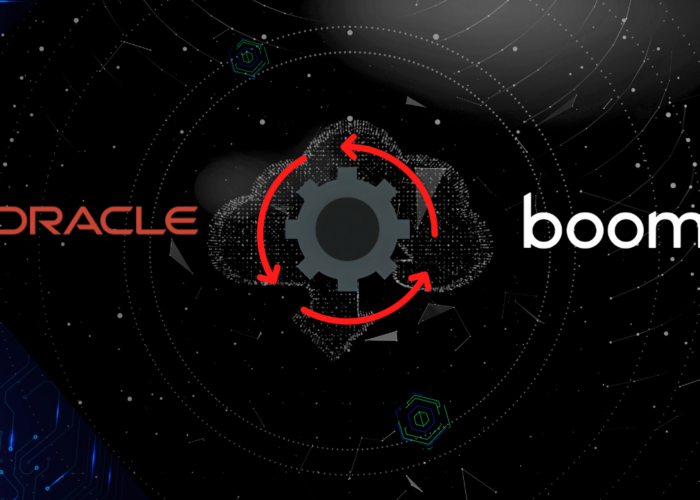Joiners, Movers and Leavers
Joiners, movers and leavers is a key HR process in most organisations. It’s the HR process of handling employees from the perspective of joining the organisation, moving departments/areas and leaving the organisation, essentially the lifecycle of an employee. The business processes address all the necessary changes required in upstream and downstream systems to support the role or change in role of the employee.
The time taken to onboard a new employee and make them productive in a role can be a meaningful overhead and an area of lost value for organisations. It can significantly impact their ability to respond to changes in their environment or react to opportunities in the market. The time taken to disable employees in systems and the completeness of this process also creates areas of risk and exposure to organisations.
Tackling JML
Organisations need to analyse their processes from multiple perspectives. Not just the inward looking HR perspective, but also the consumers experience of HR and how that interacts with the needs of other functional areas. Understanding not just that which is required, but seeking out opportunities to enhance the overall experience.
It’s important for an organisation to analyse and understand the cost associated with the existing process so that the ROI of automating it can be clearly understood.
We need to understand not only the process but also the service levels between functional areas of the organisation or with suppliers:
- How long does it take to procure equipment?
- Can we recycle equipment?
- Do we need to book training?
- Can we automatically schedule training and understand availability?
- Which systems do they need to be given access to and in what system role?
- For which systems can access be granted automatically?
- Are there additional systems which require manual account creation, who has responsibility for that and what is the service level associated with the activity?
We build up a picture of the APIs available to us, the APIs we need to abstract services and those we need as entry/exit points into processes. The joiners, movers and leavers processes are very tightly tied to roles and role based access control. The hierarchy of roles in the organisation are very important in terms of approvals in all business processes and reporting lines. This is what makes this process so fundamental in many organisations. If you cannot model the organisational hierarchy, roles and approvals correctly here then it becomes very difficult to do it elsewhere in the organisation in other key business processes.
With the right data, API and integration architecture an organisation can build more flexible processes that are able to respond to change. Processes change, legislation changes and if we build for change from the onset then we are more likely to be able to respond to change when it comes.


How Do Organisations Get It Wrong?
It is often in the foundations of their HR system that organisations make their mistakes. It is easy to end up with an organisational hierarchy implemented in an HR system that doesn’t reflect reality or match other systems. It’s also common to find that you retrieve an employee from the HR system and do not have the information required in order to create them appropriately in Active Directory or LDAP directory structures. Alternatively, you find that the person they report to in HR isn’t actually the person they need to report to perhaps in systems terms or for approvals of expenses.
Another common mistake organisations make is to focus on either too little or too much of the process. This generally translates into missing the full value in automating the process. Spending too much time focussing on joiners for example and missing the efficiency benefits when an employee leaves.
The last key area is in the overall approach to integration or automation of the process. Poor selection of technology, lack of a data model to underpin the integrations/APIs, point-to-point integrations and tightly coupled services are all areas that can reduce outcome benefits.


How Can Chakray Help?
Chakray helps organisations to avoid the pitfalls of automating these processes and ensure successful outcomes. Our experience of integration and automation projects enables us to help our customers make the right choices and lay the right foundations for success in these projects. Having at least one party at the table that is consistently integration led in approach helps achieve a far more balanced view during implementation of systems and technology.
Get in touch
Talk to our experts
Contact our team to discuss your initiatives and find out how Chakray can help deliver your successful outcomes.
Get in touch










